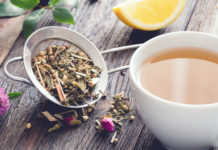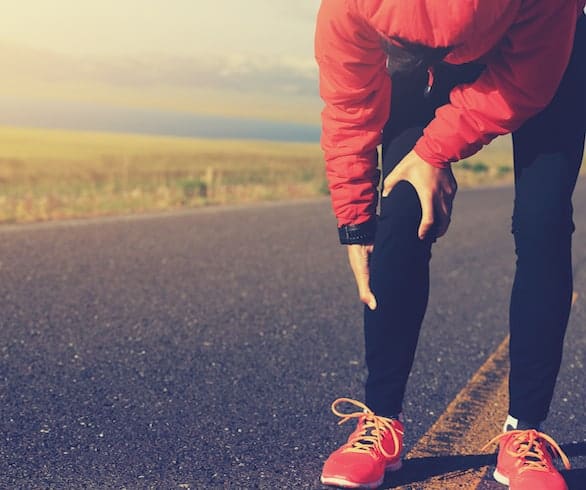
DEALING WITH THE EVERYDAY DIFFICULTIES OF JOINT PAIN—THE NATURAL WAY
BY CAYLA RAMEY
Reaching for a coffee mug is a common way to start the morning. Yet the motion of pulling a cup from the cabinet and picking up the coffee pot is often taken for granted.
We also might think nothing of brushing our teeth, walking the dog, bending to pick something off the ground, or merely carrying groceries in from the car—until we start to feel a low, painful ache in our joints.
OUT OF JOINT
According to The Arthritis Society, over 4.6 million Canadians aged 15 years and older have arthritis, just one of several medical conditions that can make it difficult to carry out everyday tasks.
As you know, joints connect varying parts of the skeleton together, meaning that there are a number of areas we can experience joint pain. These places include ball and socket joints (shoulders, hips); hinge joints (elbows, fingers); gliding joints (wrists, ankles); and saddle joints (thumbs).
Whether you have osteoarthritis, bursitis, gout, strains, or other injuries, joint pain can be debilitating—lasting anywhere from a few weeks to several months. Often, it is treated with over-the-counter or prescription nonsteroidal anti-inflammatory drugs (NSAIDs), such as aspirin, ibuprofen, and naproxen sodium. However, NSAIDs come with side effects, such as an increased risk for gastrointestinal bleeding. Tylenol, opioids, and muscle relaxants are also common treatments, each with their own risk factors.
HOME REMEDIES
Depending on the severity of your discomfort, there are several natural options to help reduce swelling and pain.
- Epsom salt contains magnesium sulfate, which can help to reduce pain. Fill up your bath tub with warm water and add about two cups of Epsom salt. Soak as needed.
- Diet modification can go a long way. Starting an anti-inflammatory diet, and including lots of omega-3s, can decrease swelling. Supplements are also part of a healthy diet. Calcium, vitamin D, glucosamine, SAMe, and magnesium can all aid in the promotion of healthy joints.
- Exercise—as much as you might not want to hear it—can help to relieve tension in the muscles, ultimately reducing pressure on the joints.
- Turmeric contains an active ingredient called curcumin, which lowers the levels of two enzymes responsible for inflammation.
Turmeric tea:
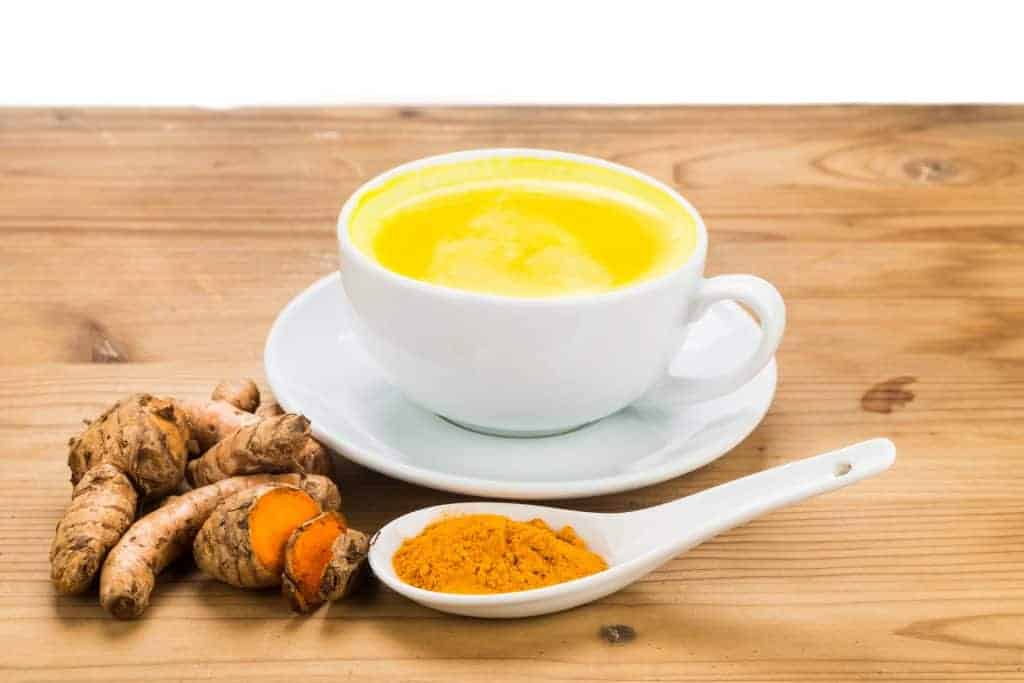
- 2 cups water
- 1 small slice of ginger, peeled
- 1⁄2 tsp ground turmeric
- 1 tbsp honey
❯ Using a fine mesh tea infuser, infuse turmeric and ginger into boiling water. Simmer for 10 minutes, add honey, and enjoy!
TRY THESE!
Lakota – Joint Care Formula
With potent ingredients like white willow bark, devil’s claw, and lumanite, this formula works to rebuild joints, relieve pain, and increase mobility all in one. (120 Capsules, $24.99)
Webber Naturals – Osteo Joint Ease with InflamEase
This 100 per cent natural formula addresses osteoarthritis pain and protects against the deterioration of cartilage—without side effects. (90 Caplets, $23.97)
Genuine Health – Fast Joint Care+
Made with BiovaFlex®, this supplement provides fast, effective relief from osteoarthritis-related pain and joint stiffness. (30 Vegetarian Capsules, $24.99)
EXERCISES
There is no one exercise that fits all with joint pain. However, to manage the pain, the goal is to choose joint-friendly exercises. Resistance bands work really well for this, as the tension is easily controlled by positioning. They also place a lot of focus on stabilizing muscles, and thus not as much direct pressure on major joints themselves (as would dumbbells or barbells).
❯Try these:
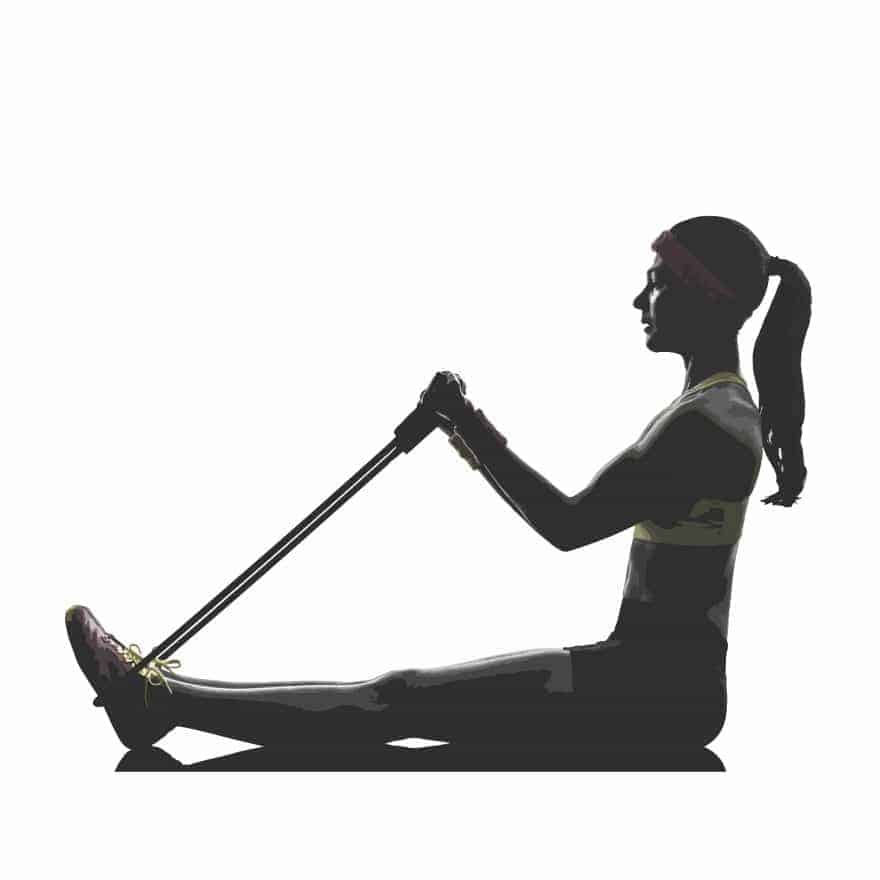 Seated Band Row: 10–15 reps
Seated Band Row: 10–15 reps
Sit with your legs slightly bent in front of you and wrap the band around the soles of your feet. Start with your arms straight in front of you, then pull back until your hands meet your chest.
Strengthening the upper back muscles will help relieve shoulder and back pain.
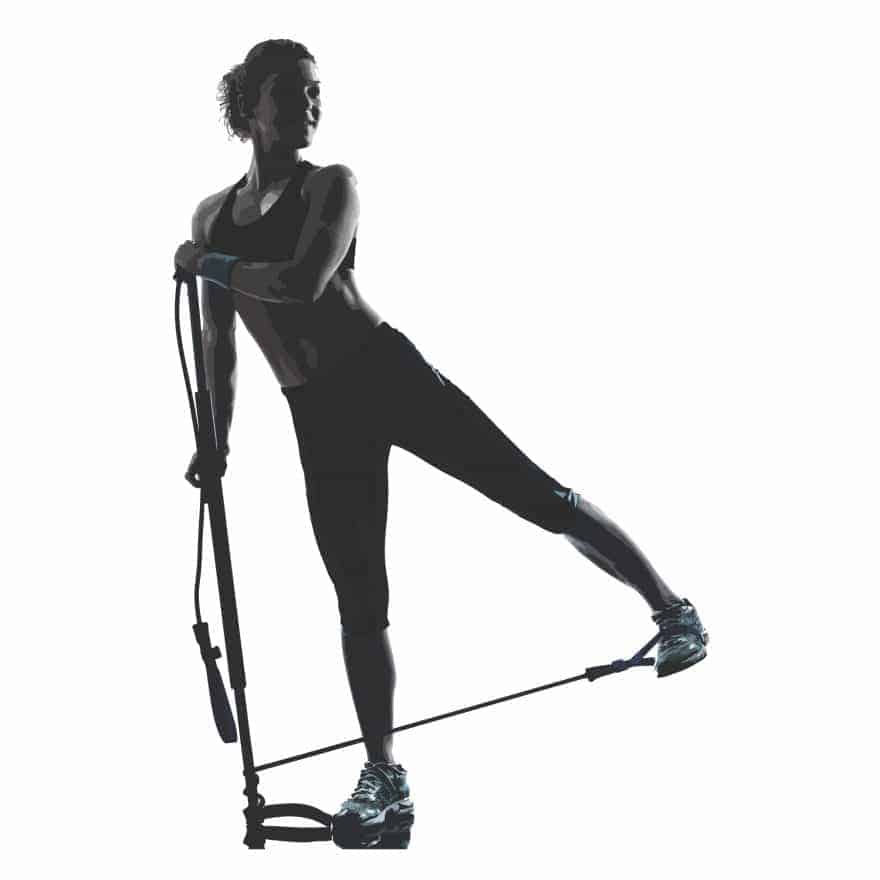
Hip Abduction: 10–15 reps (each leg)
Find an anchor for the resistance band, and loop the other end around your foot or ankle. Slowly bring the leg out to the side as far as possible. Then bring it back to centre. Strengthening the hips can help alleviate pressure on the knees when walking or running.
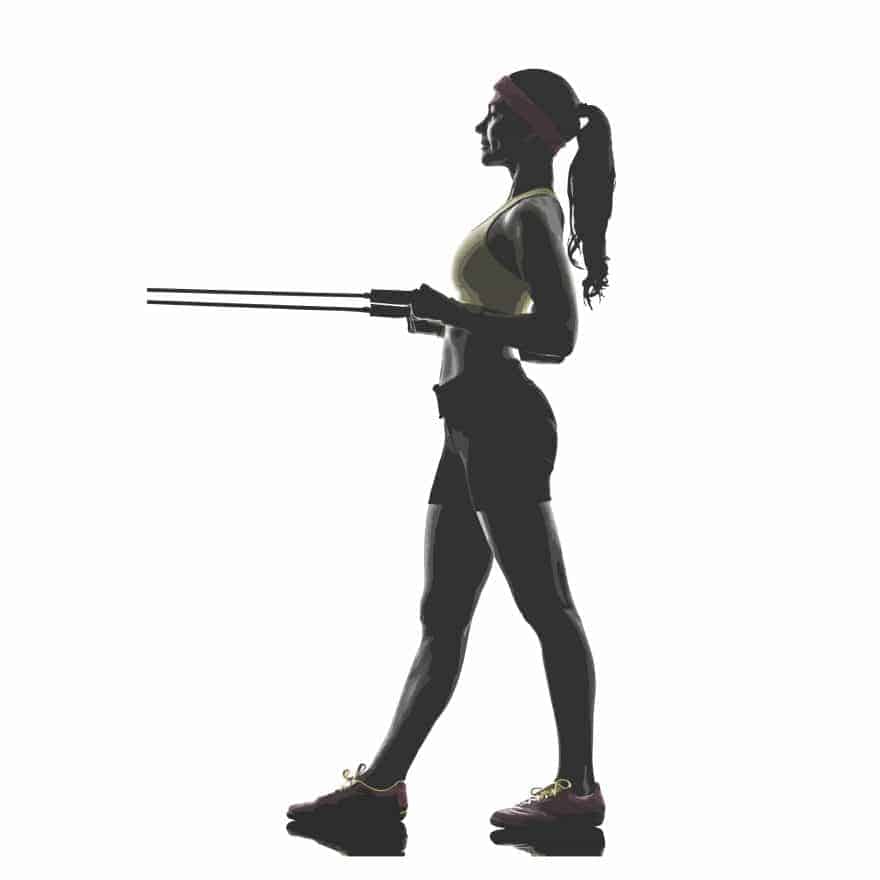
Face Pull: 10–15 reps
Loop your resistance band around an anchor at shoulder height. Using both arms, pull the ends of the band into your body, making sure to tuck the elbows in.
This exercise can help strengthen the shoulders and better your posture.
— Shelby Stover, Viva Ambassador and the brain behind the Fit as a Mama Bear blog.










